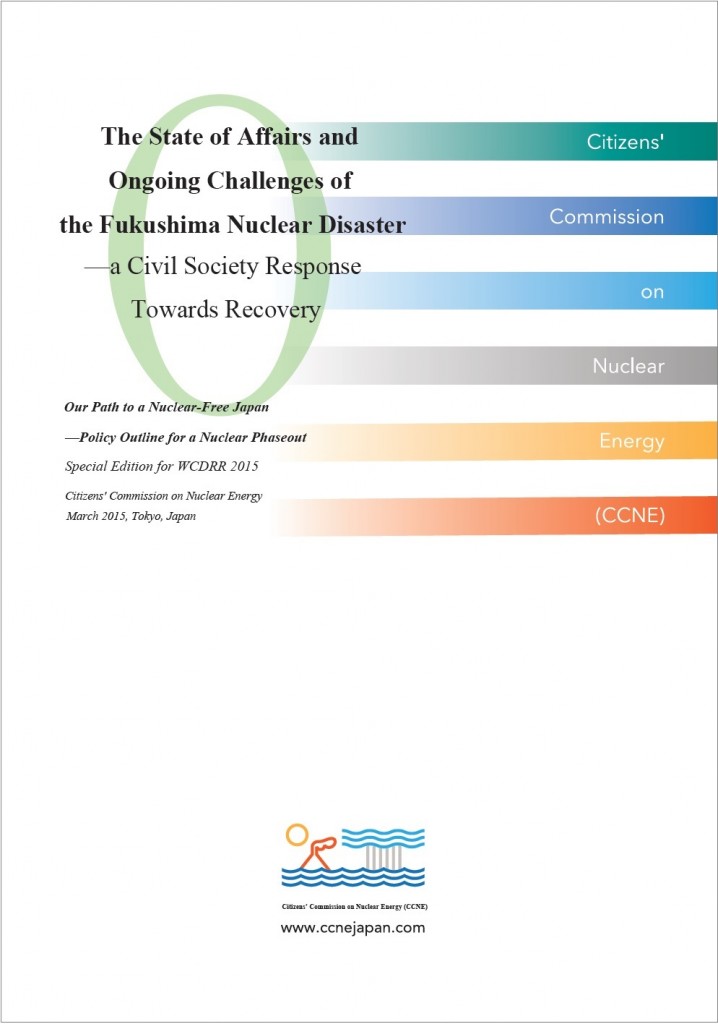7. Current Status of Measures for Spent Nuclear Fuel (conventional nuclear waste)
![]() Measures for spent fuel at nuclear power plants
Measures for spent fuel at nuclear power plants
The government (Ministry of Economy, Trade and Industry) has set up a “Spent Fuel Countermeasures Council” to deal with the issue of spent nuclear fuel. Specifically, it will expand the storage capacity of spent nuclear fuel. The response of each electric power company to the expansion is not the same, but it is either reracking (increasing storage capacity by reducing the space between fuel assemblies) in existing pools or the dry storage method. The following are the reasons behind this movement.
- It is uncertain when the Rokkasho reprocessing plant will be completed, and spent nuclear fuel cannot be delivered to the facility until it is.
- The capacity of each site’s spent fuel pool is running out, and some nuclear power plants are expected to face difficulties in restarting operations.
The dry storage facilities promoted by the government and those recommended by the Citizens’ Commission on Nuclear Energy are technically the same, but their policy positioning is quite different. The former is aimed at continuing the operation of nuclear power plants, while the latter is a temporary measure until final disposal after the abolition of nuclear power plants (‘Our Path to a Nuclear-Free Japan: Policy Outline for a Nuclear Phaseout 2017‘ pp. 144 -145, only Japanese). The present state of dry storage is as follows.
- Dry on-site storage has already been conducted at the Fukushima Daiichi NPP and the Tokai Japan Atomic Power Co.’s Daini (No.2) NPP.
- The construction of storage facilities at the Hamaoka plant is progressing.
At the Ikata plant, prior approval for the construction of the facility has been submitted to local governments. - Earlier in 2019, Kyushu Electric Power Co., Inc. announced that it would install a dry storage facility at the Genkai NPP site with the approval of the local community
- The recycling fuel storage facility (Mutsu City, Aomori Prefecture) of the Recycle Fuel Storage Co., Ltd., established by Tokyo Electric Power Co., Inc. and Japan Atomic Power Co., Inc., provides offsite storage.
The case of Kansai Electric Power Co., Inc. is a symbolic indication of the difficulties faced in securing storage locations for spent nuclear fuel. The Fukui prefectural government asked Kansai Electric to remove its spent nuclear fuel from the prefecture, and the company was supposed to present a concrete plan for the removal by the end of 2018. However, Kansai Electric was unable to find a place to ship the fuel to and was forced to apologize to the Fukui prefectural government. Kansai Electric has been searching for a place to ship the fuel, such as in Wakayama Prefecture, or putting out feelers to the recycling fuel storage facility in Mutsu, but no agreement has been reached. Mutsu City, where the Recycle Fuel Storage Co., Ltd. facility is located, has denied the possibility of accepting KEPCO’s spent fuel. However, as nuclear waste of various levels has been converging on the Shimokita Peninsula (Aomori Prefecture), attention needs to be paid to the possibility of the city’s future movements and new locations for the spent fuel in other municipalities.
![]() Handling of spent fuel from “Fugen”
Handling of spent fuel from “Fugen”
The Fukui prefectural government requested that Fugen’s radioactive waste be removed from the prefecture, and the Japan Atomic Energy Agency (JAEA) had said it would do so by the end of 2018. However, the plan did not materialize, and the JAEA was forced to request an eight-year postponement to the decision.
In October 2018, JAEA signed a contract with TN International (a subsidiary of Orano) of France to prepare for the shipment of the spent nuclear fuel to France. According to media reports, the project will start in 2023 and completed by 2026. It is inevitable that a reprocessing contract will also be concluded in the future.


